The ornate and beautiful architecture of places of worship can make for some stunning photographic opportunities. Here’s how to make the most of them.
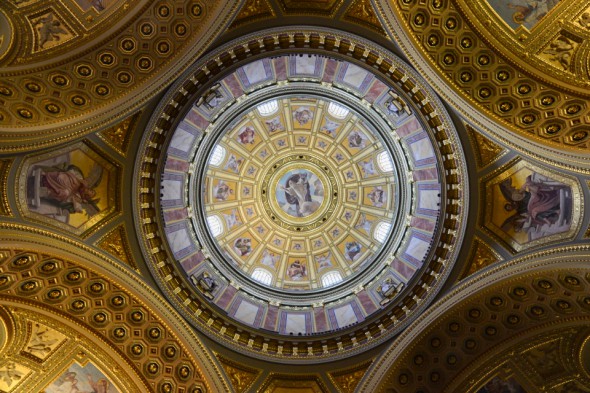
Regardless of whether you follow any particular religion, it’s hard to dispute the architectural merits of certain places of worship.
From Europe’s grand churches to Asia’s colourful temples and ornate mosques, the photographer can often find plenty to occupy them in a single building. Trying to cover photographing the exhaustive range of structures across many different faiths would be impossible within a single article, but what follows should at the very least give you some idea of how to set up your camera and what kinds of things to look for wherever you find yourself.
Etiquette
One of the first things you should find out – something which may be signposted upon entry – is whether there are any restrictions which may impede you getting the image you want. While most places of worship do not actively prevent the taking of photographs as such, many ask that you do not use flash and some may not allow the use of a tripod either.
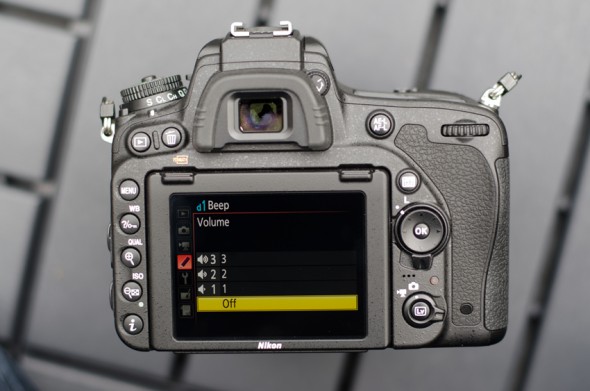
You should be able to turn off your camera’s operational sounds
As a courtesy to others, mute your camera’s operational and focusing noises if possible, something you should be able to do through the menu system. In the case of cameras with audible shutter noises, you may be able to activate a silent or quiet shutter, which will help you to capture images more discreetly, although if you’re using a compact camera or certain compact system models this may not be necessary.
Camera Settings
If flash and the use of a tripod are out of the question, make sure the image stabilisation system on either your camera or lens is turned on (assuming your setup has this) and think about what maximum aperture and sensitivity you would be happy to use in order to admit enough light to get a sharp image.
If you’re shooting JPEGs as opposed to Raw files, look at what noise reduction settings your camera is set to; while some noise reduction may be beneficial, too much may leave your images resembling a watercolour painting. As a general rule, look to open up your aperture before raising your sensitivity in order to avoid noise, although bear in mind you may need to use a narrow aperture for sufficient depth of field.
White balance can often be an issue indoors as many places of worship combine artificial lighting with natural light through windows and doors. Exactly how your camera records the scene will vary with your composition and the time of day at which you shoot, so see whether the Auto setting results in any particular casts and adjust this if necessary (and be prepared to make slight tweaks in post production for best results).
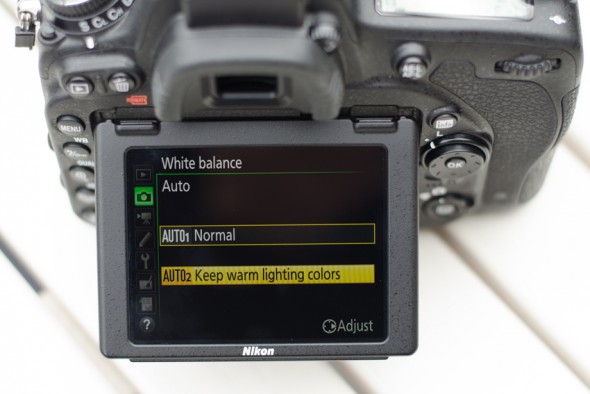
See whether your camera offers any additional white balance options that will help you retain the warmth from indoor lighting.
Some cameras have a white balance adjustment setting that allows you to retain the warm colours of candlelight or tungsten, and you may wish to activate this to avoid images looking too cold. Alternatively, adjust your camera’s white balance to a preset or colour temperature that renders the scene to your taste. Images captured indoors that contain many gold-coloured elements can benefit from a slightly warm white balance to help intensify colour, although if you’re capturing Raw images you can always amend this with greater precision in post-production.
A common issue when shooting indoors is the balance between darker details and brighter window lights, and it’s easy to lose highlight details when they are not dominant. Consider adjusting your dynamic range optimisation or highlight retention settings to better capture the details across both. Some cameras may have an HDR mode which can help here too, but this may be excessive in its effect. You may also wish to capture images at different exposures manually and blend them together in post-production, but this requires skill and a tripod of some kind to keep composition consistent.
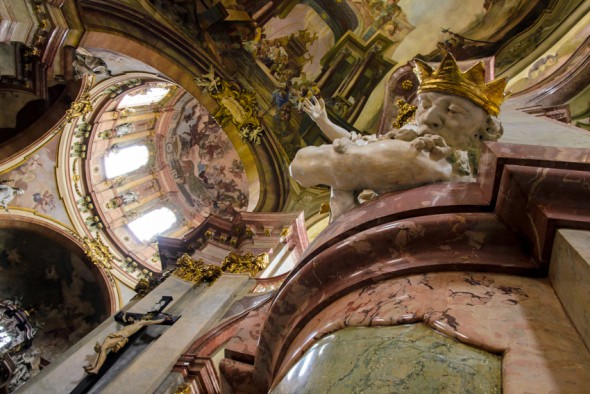
Be careful when your scene contains strong highlights as these stand a good chance of blowing their details and bleeding over surrounding areas.
What to Look for
You’ll end up with a more interesting selection of images if you actively seek out a range of subjects and experiment with different depths of field and perspectives. Naturally, in grand churches and temples, one of the first things you may want to do is to capture an expansive image looking straight down towards the altar, but don’t overlook closer crops on stained glass, details on doors or pews, hanging candelabra and statues. Church organs can also photograph well, with black and white or sepia conversions highlighting their form.
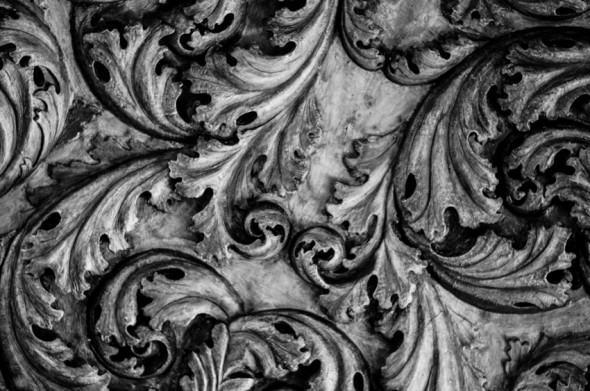
Some of the more grand churches feature a cupola which may be intricately decorated on the inside, and it’s likely you’ll want to photograph this as soon as you see it. The main consideration here is to position yourself so that you are flat against the ceiling and completely central. You may find a marker on the floor which will guide you to the correct position, although these should only be used as a rough guide as they may not be perfectly aligned. In any case, capture a few photos to make sure you have the correct position and try to ensure peripheral details are symmetrical.
If you can’t get wide enough when shooting towards the ceiling, consider kneeling so that you’re shooting from slightly further away as this can make all the difference. Perhaps even place your camera on the ground facing upwards if you need to get wider still. This is particularly useful if you can tilt your screen around a 180-degree angle so that you can maintain a view throughout.

Try kneeling if you can’t get wide enough to capture an elaborate ceiling
In many major European churches, it’s possible to climb up to a balcony that encircles a main dome. Although you may be required to pay a fee to do so, this can provide you with a great vantage point over a city, and therefore another photographic opportunity. Some churches also have a balustrade on the inside of such domes, which can provide a more unique perspective on the interior of the church.
If you’ve made the effort to venture somewhere further afield, it’s a good idea to walk around the outside of the site to make sure you haven’t missed a unique angle or feature. Many churches have quaint doorways and some boast intricately decorated roofs that may be best captured from a neighbouring building or another nearby vantage point. Temples more often than not feature colourful tiling on their roof, so look around for a spot that will help you to capture this. Close-up captures of these tiles at telephoto focal lengths may even allow you to render them in more abstract ways, which will diversify your pool of resulting images.
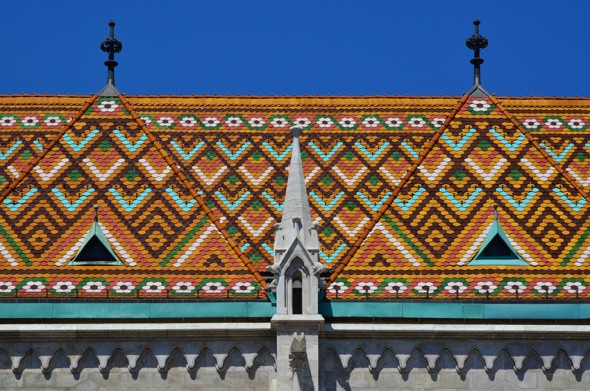
Churches such as Budapest’s Matthias Church and Vienna’s Stephansdom feature highly decorated roofs which are interesting photographic subjects in themselves.
If you’re travelling and after something a little different, it may be worth checking in advance for any particularly unusual places of worship on TripAdvisor or a similar website. These include:
- The very blue Church of St. Elizabeth in Bratislava
- The skeleton-filled Sedlec Ossuary in the Czech Republic
- The Mosque-Cathedral of Córdoba, with its red and white voussoirs
- The modern Air Force Academy Chapel in Colorado Springs
- The Wat Rong Khun ‘White’ temple in Chiang Rai, Thailand, decorated with pop-culture icons such as the Terminator and Superman
Temples in Asia, particularly larger ones in major cities, present a wealth of photographic opportunities. Not only are they intricately decorated with coloured tiles and bits of porcelain, but their architectural variance allows you to combine many different elements in a single frame. Once you’ve settled on a subject and taken a few frames, think about how else you can approach it; try combining it with a subject in the distance, or zooming right up close to its details, or walking around it to see which would be the most suitable background to use. You could shoot it from below to emphasise its size or importance, or potentially from its side to highlight its form.
As many of the more interesting details in temples are exterior rather than interior, you should also factor the weather forecast into any visit; while overcast conditions will provide a good, flat light for capturing close-up details, clear blue skies will serve as an excellent backdrop for wider shots of various colourful structures.
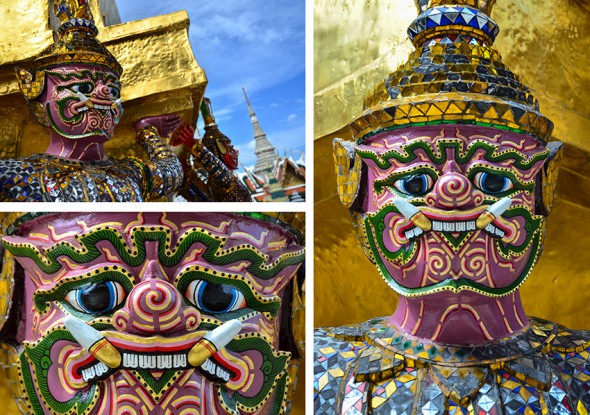
Here are three different ways to approach the same subject; the top left image combines the subject with its surroundings; the image on the right places it against its background; the image on the bottom left focuses on its details.
Generally, more intricately decorated features benefit from being captured closer up so that you can really appreciate their details, although you have to balance this with their size, so don’t stick to this idea slavishly. Perhaps take a wider shot to begin with before zooming in to see whether a tighter composition would work better.
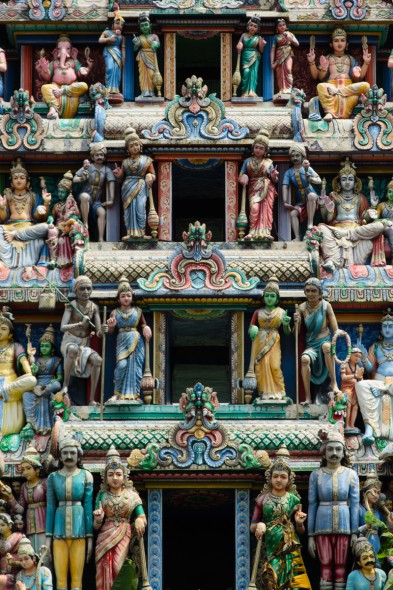
About the Author
Matt Golowczynski is a London-based photographer and technical journalist who has written for a range of print and online magazines. For more information and to see more of his work visit his website.

